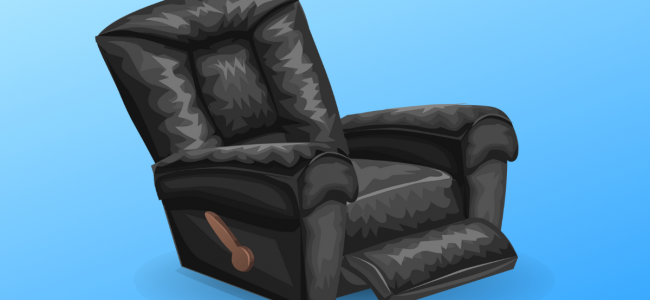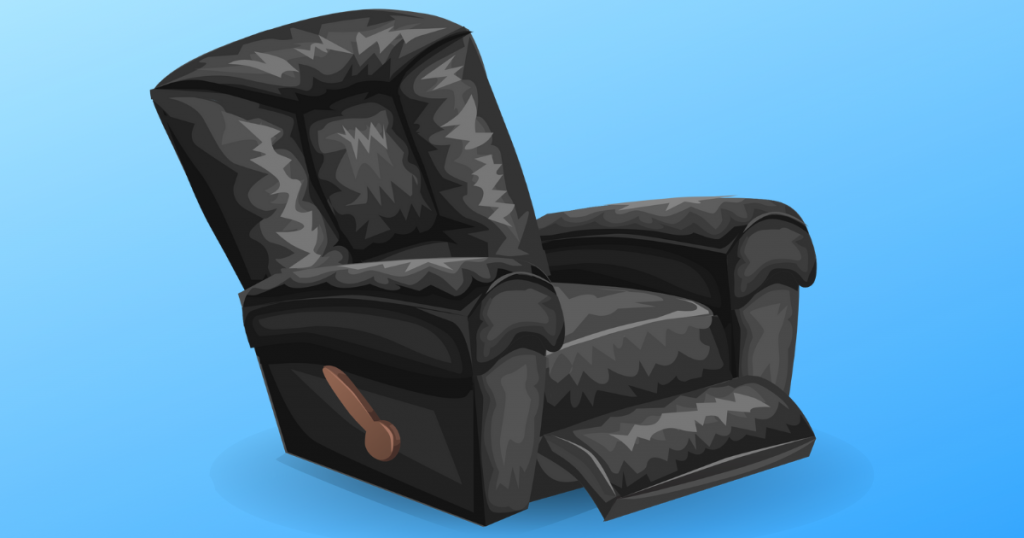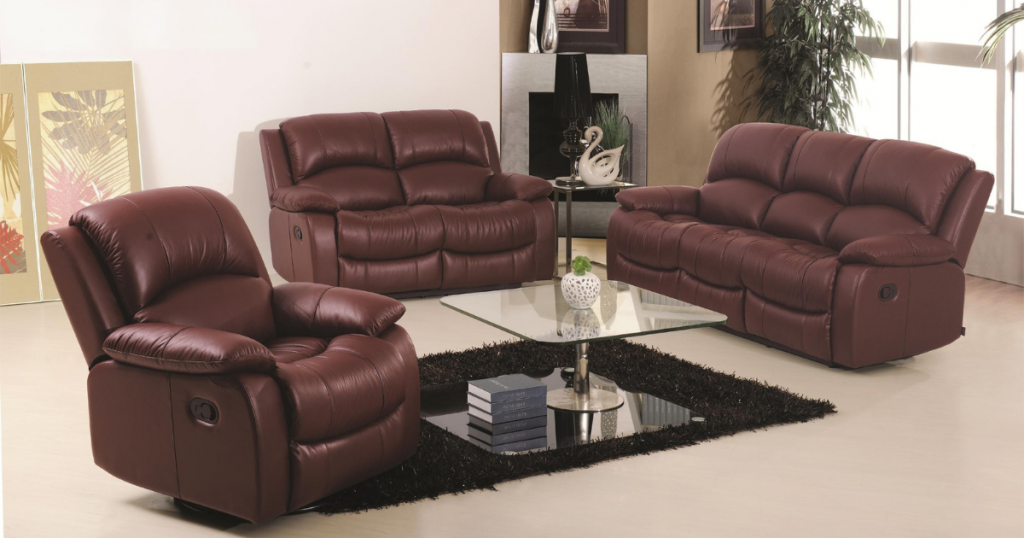

Congratulations on your recent hip replacement surgery! Now that the surgery is over, you’re likely eager to get back to your normal routine, including relaxing on your favorite sofa. But after a hip replacement, it’s essential to take some precautions to protect your new hip joint and ensure a successful recovery.
In this comprehensive guide, we will provide you with all the information you need to sit with confidence on your sofa after a hip replacement surgery. From choosing the right type of sofa to adopting safe sitting positions, we’ve got you covered.
Understanding Hip Replacement Surgery
Hip replacement surgery is a common procedure that replaces a damaged or worn hip joint with an artificial one. The artificial joint, called a prosthesis, is designed to mimic the natural movement and function of the hip joint. The goal of the surgery is to relieve pain, improve mobility, and restore the quality of life for the patient.
Why Precautions are Necessary after Hip Replacement Surgery
After a hip replacement surgery, it’s crucial to take precautions to protect your new hip joint and ensure a successful recovery. The hip joint needs time to heal and settle into its new position, which can take several weeks or months. During this time, excessive pressure or stress on the hip joint could cause dislocation, inflammation, or other complications.
Choosing the Right Sofa for Safe Sitting
The type of sofa you choose can have a significant impact on your comfort and safety after hip replacement surgery. Here are some factors to consider when choosing a sofa:
- Firmness: A firm sofa provides better support for your hips and reduces the risk of dislocation. A soft or plush sofa may cause your hips to sink, which can place unnecessary pressure on the joint.
- Height: The height of the sofa should be appropriate for your height, allowing your feet to touch the ground when seated. This will help you maintain proper posture and reduce the risk of falls.
- Armrests: Armrests can provide additional support and stability when getting in and out of the sofa. They can also help you maintain proper posture while seated.
- Reclining: Reclining sofas can be tempting after hip replacement surgery, but they can also increase the risk of dislocation. If you must recline, choose a sofa with a recliner mechanism that operates smoothly and safely.
Safe Sitting Positions on the Sofa
Once you have chosen the right sofa, it’s essential to adopt safe sitting positions to protect your hip joint and ensure a successful recovery. Here are some tips for safe sitting on the sofa:
- Maintain proper posture: Sit with your back straight and your feet flat on the ground. This will help you distribute your weight evenly and reduce the risk of dislocation.
- Avoid crossing your legs: Crossing your legs places unnecessary pressure on the hip joint, which can cause dislocation or other complications. Instead, sit with your feet flat on the ground and your knees bent at a 90-degree angle.
- Use a pillow: A pillow can provide additional support and comfort for your hips. Place a pillow under your hip to reduce pressure on the joint and maintain proper posture.
- Get up and move frequently: Sitting for long periods can cause stiffness and inflammation in the hip joint. To avoid these issues, get up and move around frequently, taking short walks or stretching exercises.
Conclusion
In conclusion, sitting with confidence on your sofa after a hip replacement surgery is achievable with the right information and precautions. By choosing the right type of sofa, adopting safe sitting positions, and following the tips outlined in this guide, you can protect your new hip joint and ensure a successful recovery. Remember to take your time, listen to your body, and consult with your doctor if you experience any pain or discomfort. With the right approach, you’ll be back to enjoying your favorite sofa in no time.
FAQs
What should I look for when choosing a sofa after hip replacement surgery?
Look for a sofa with a firm seat, good lumbar support, and a comfortable height. Avoid sofas with low, soft seats and deep, cushioned backs, as they can put extra strain on your hip joint.
How long should I wait before sitting on my sofa after hip replacement surgery?
It’s important to follow your doctor’s instructions and take things slowly. Some people may be able to sit on a sofa after a week or two, while others may need to wait several weeks or even months. It all depends on the type of surgery you had, your overall health, and how well you’re recovering.
What are the best sitting positions for someone with a hip replacement?
The best sitting positions are those that reduce stress on your hip joint and keep your back straight. Try to sit with your feet flat on the floor, your back against the back of the sofa, and a cushion or pillow for support. Avoid crossing your legs or sitting in a low, slouched position.
Can I still use my old sofa after hip replacement surgery?
If your old sofa doesn’t meet the criteria for a safe and supportive sofa after a hip replacement, it’s best to replace it. A good sofa can help you sit comfortably and prevent strain on your hip joint, which is crucial for a successful recovery.
What should I do if I experience pain or discomfort while sitting on my sofa?
If you experience pain or discomfort while sitting on your sofa, it’s important to stop and rest. You may also want to consider adjusting your sitting position or using a cushion or pillow for added support. If the pain persists, be sure to consult with your doctor for further evaluation.



